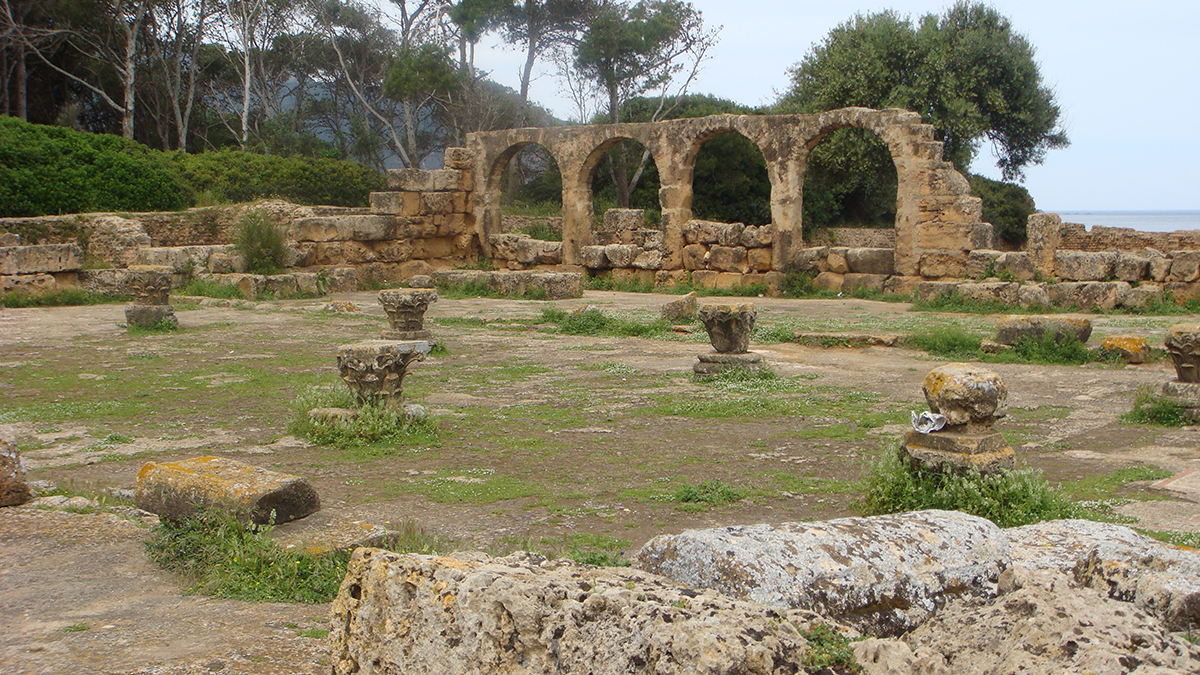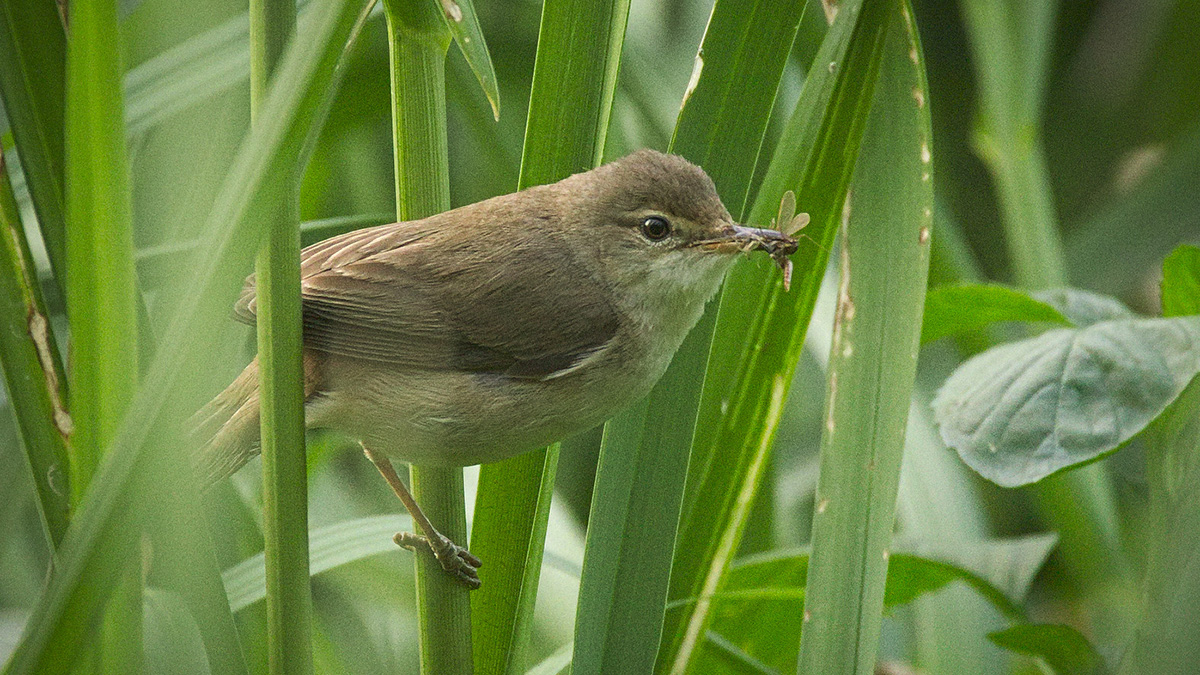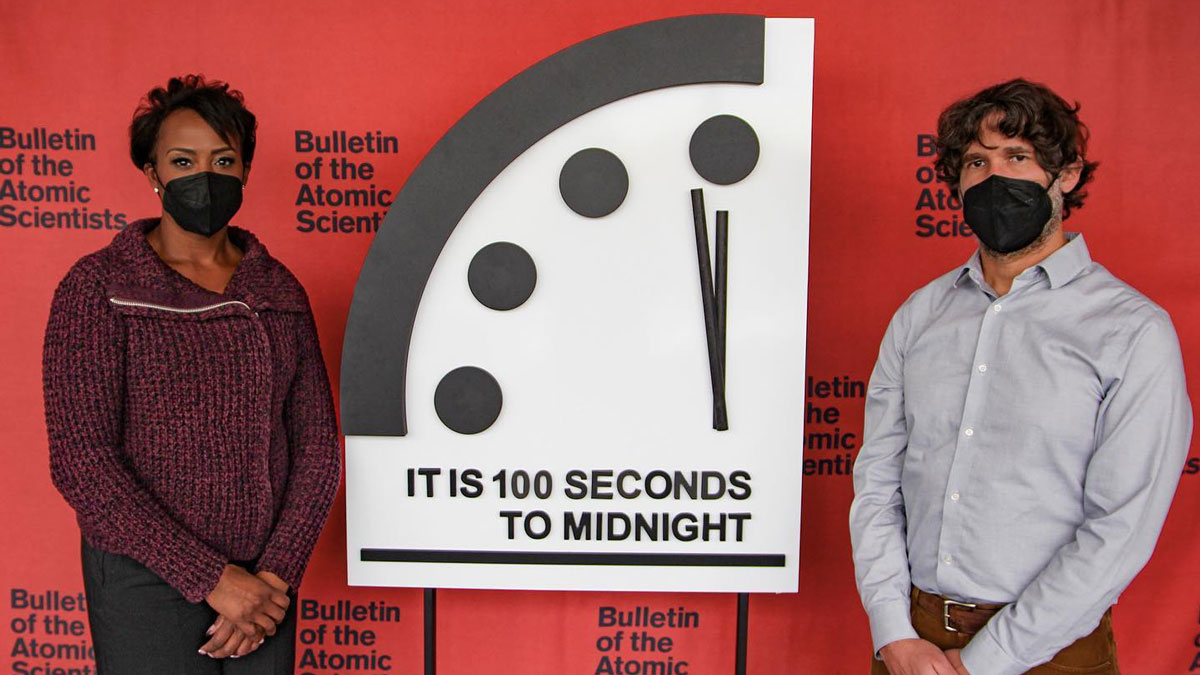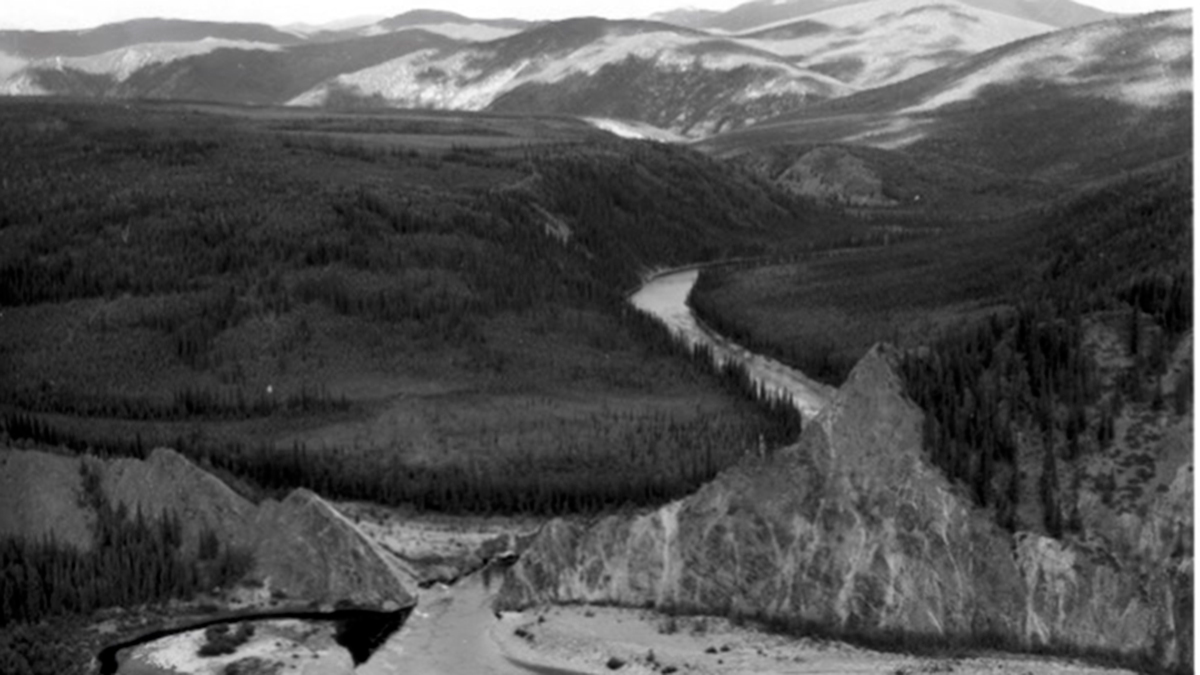Worsening flooding and erosion threaten places of “outstanding universal value” along the continent’s coastlines.
Jenessa Duncombe
Jenessa Duncombe, a News and Features Writer for Eos, joined the team in 2018. She graduated with her master’s degree in physical oceanography from Oregon State University in 2017 and subsequently worked as a freelance writer on research ships. Jenessa first interned with Eos, became the team’s first fellow in May 2019, and joined the staff permanently in March 2020.
Magnetic Stop Signs Show Birds the Way Home
Just like salmon and sea turtles, these songbirds appear to be sensitive to shifts in the magnetic field.
El sorprendente alcance de las gigantescas ondas atmosféricas de Tonga
Los resultados empiezan a llegar: Científicos de alrededor del mundo explican las gigantescas ondas atmosféricas que emanaron de la erupción del volcán Hunga Tonga-Hunga Ha’apai.
The 2-Year Countdown to Deep-Sea Mining
A small island nation is forcing the hand of international regulators to finalize rules for deep-sea mining, but scientists say the environmental consequences are not yet clear.
The Surprising Reach of Tonga’s Giant Atmospheric Waves
Results are beginning to pour in: Scientists around the globe explain the massive atmospheric waves that emanated from the Hunga Tonga–Hunga Ha’apai eruption.
Climate Scientist Reflects as Doomsday Clock Stays at 100 Seconds to Midnight
On the 75th anniversary of the Doomsday Clock, major threats against the world have not waned, say organizers.
What a Gold Mining Mishap Taught Us About Rivers
Miners in Alaska rerouted a river to search for gold. One hundred years later, the new channel is teaching scientists how rivers shape Earth.
Rainy Days Dampen Economic Growth
Research reveals the connection between a country’s day-to-day weather and its production.
Termite Fumigation in California Is Fueling the Rise of a Rare Greenhouse Gas
The insecticide sulfuryl fluoride isn’t included in federal or state emissions reduction goals.
Dunes Dance to a New Rhythm in Climate Change
Dunes may morph or creep in new directions in a warming world.










